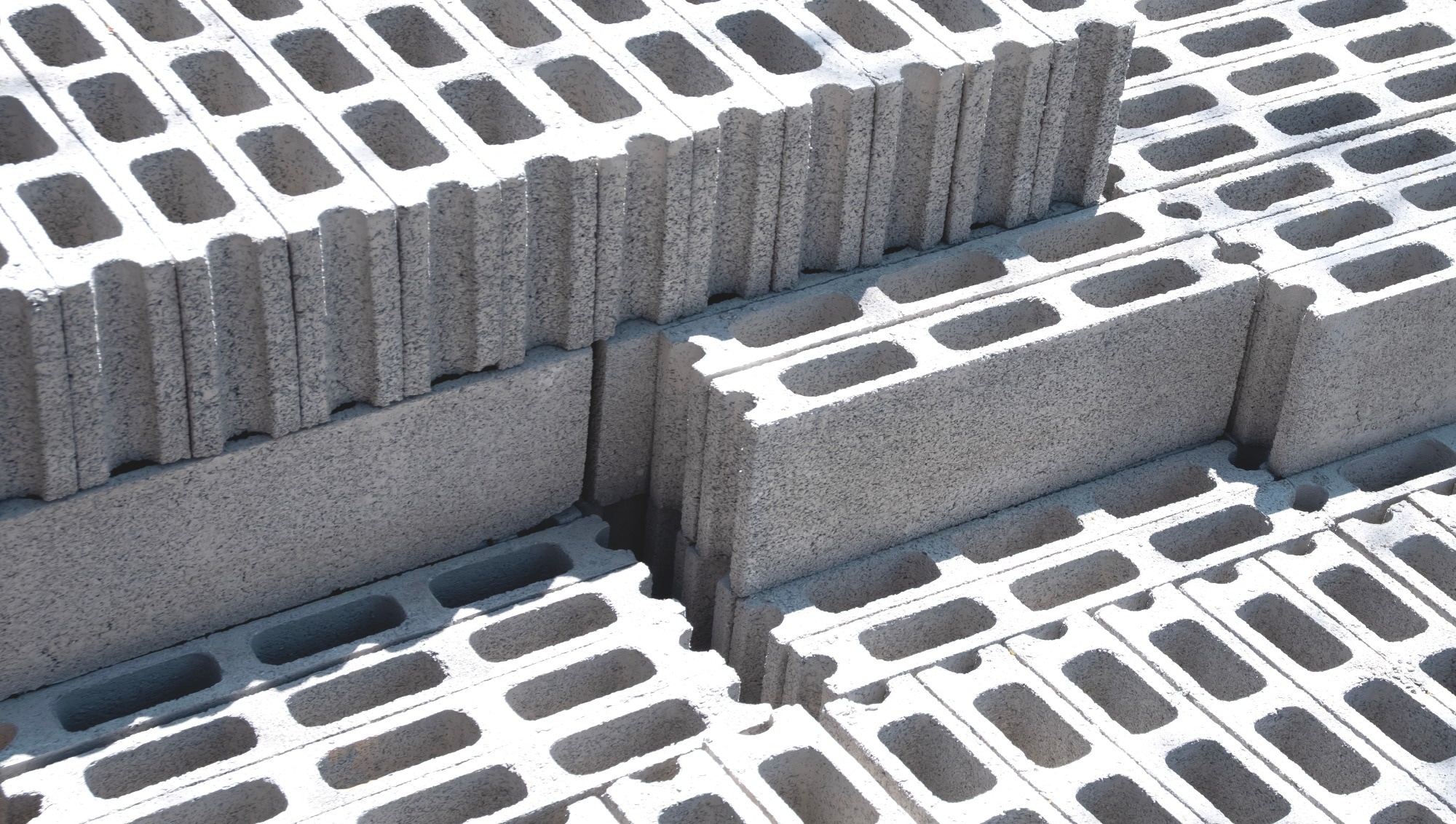Researchers have developed a more precise method to identify and monitor shear crack development in concrete using acoustic emission analysis across multiple stress conditions.
 Study: A comparative study of shear crack growth mechanisms in concrete through acoustic emission analysis. Image Credit: Prapat Aowsakorn/Shutterstock.com
Study: A comparative study of shear crack growth mechanisms in concrete through acoustic emission analysis. Image Credit: Prapat Aowsakorn/Shutterstock.com
Published in Scientific Reports, the study analyzes how shear cracks form and evolve by capturing acoustic emission (AE) signals during direct shear, compression shear, and three-point bending tests. By examining AE parameters, such as amplitude, energy, and cumulative count, along with AF/RA ratios, b-value trends, and K-means clustering, the team was able to classify crack types and track damage progression in real time.
Background
Crack propagation plays a central role in evaluating the failure of concrete structures. AE monitoring, which detects the release of strain energy as elastic waves during deformation, has proven useful in identifying fracture types. Two key AE indicators, average frequency (AF) and rise time over amplitude (RA), are often used to distinguish between tensile and shear cracks.
While RA-AF analysis offers a promising framework for crack classification, it lacks a reliable boundary to separate the two crack modes, limiting its use in real-world applications where failure mechanisms aren't always clear. To address this, the researchers tested Z-shaped concrete specimens and three-point bending beams to better understand AE patterns under different types of shear stress.
Methods
The study involved both specimen-level (Z-shaped samples) and structural component-level (prestressed concrete box girders) experiments to capture shear crack behavior across direct, compression, and bending shear conditions.
The concrete mix used included water, cement, fly ash, mineral powder, sand, and stone in a ratio of 0.0352 : 0.3916 : 1 : 0.1190 : 0.2910 : 1.8333 : 2.7937. Three cubic samples were prepared, each with an average compressive strength of 51.8 MPa. Z-shaped specimens were reinforced with steel plates bonded using structural adhesive to ensure shear failure initiated along a specific plane.
AE sensors were positioned close to the shear plane and affixed using adhesive tape and a coupling agent. In compression shear tests, sensor placement was adjusted slightly due to structural constraints. A third set of tests involved three-point loaded beams to simulate bending-induced shear.
Results and Discussion
Across all tests, AE signals below 80 dB were typically associated with microcrack initiation, while signals above 80 dB indicated the growth of larger, more stable cracks. In compression shear tests, a consistent rise in high-amplitude signals suggested increasing structural damage and internal stress.
Notably, horizontal constraints in these tests amplified the damage level, leading to more energetic and frequent AE activity, especially in terms of energy and event count. These parameters provided valuable indicators of the underlying stress conditions within the concrete.
Combining RA-AF analysis with K-means clustering allowed the team to automatically classify cracks as either tensile or shear, with all specimens ultimately experiencing shear failure in line with AE predictions.
The b-value analysis added further insight. A continuous drop in the b-value signaled the formation or rapid spread of major cracks. In both compression and bending shear samples, the b-value remained around 1.4 during stable crack growth phases. While useful for tracking progression, b-values showed limited effectiveness for early failure warnings due to signal fluctuations.
Conclusion
The study offers a detailed view of how AE parameters relate to shear crack development in concrete, showing that AE monitoring can effectively characterize real-time damage under various loading scenarios. These findings lay the groundwork for a more quantitative approach to detecting and analyzing structural failures.
That said, the research is based on controlled laboratory conditions. To move AE technology toward broader practical use, future studies will need to account for environmental factors that can influence AE signal behavior in field settings.
Journal Reference
Huang, L., Deng, J., Hu, D., Li, X., Liu, Y., & Zhu, W. (2025). A comparative study of shear crack growth mechanisms in concrete through acoustic emission analysis. Scientific Reports, 15(1). DOI: 10.1038/s41598-025-01409-0, https://www.nature.com/articles/s41598-025-01409-0
Disclaimer: The views expressed here are those of the author expressed in their private capacity and do not necessarily represent the views of AZoM.com Limited T/A AZoNetwork the owner and operator of this website. This disclaimer forms part of the Terms and conditions of use of this website.